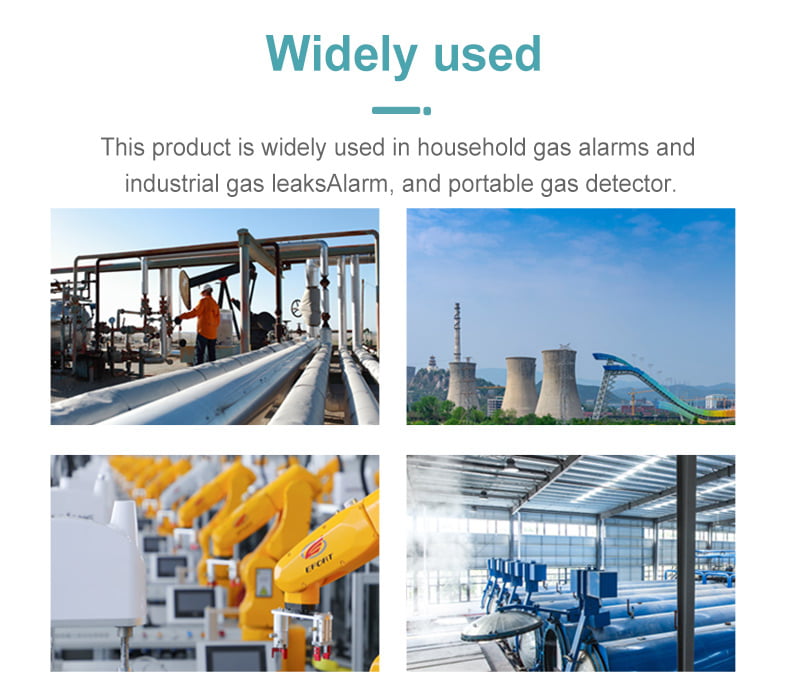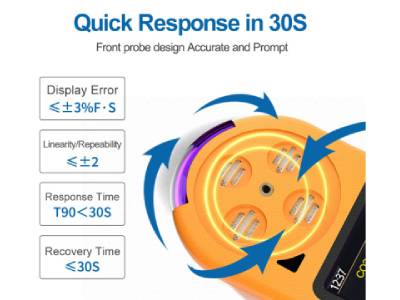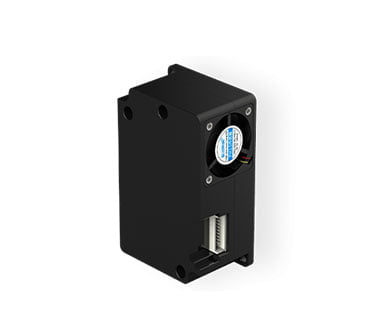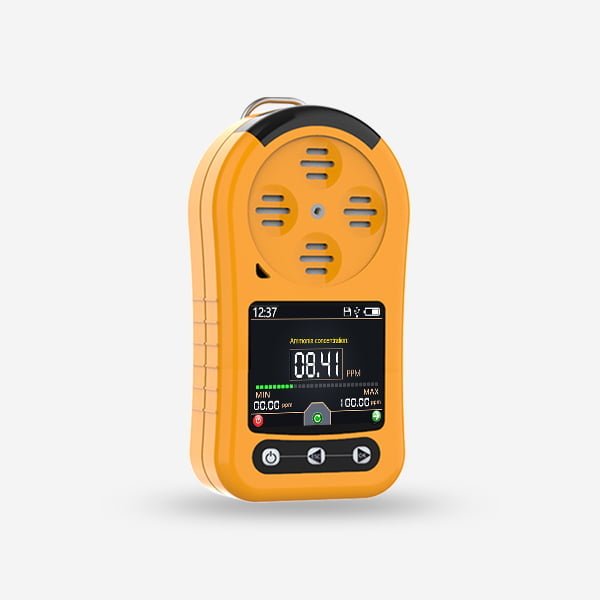Gas detectors are devices that detect the presence of various gases in the air. They are commonly used in industrial settings, such as chemical plants, refineries, and manufacturing facilities, as well as in residential and commercial buildings to monitor for the presence of potentially harmful gases.
Mining safety
We use Gas detectors in underground mines to test for oxygen deficiency, accumulation of flammable methane gas and the presence of toxic gases such as hydrogen sulphide, nitric oxide and carbon monoxide. They also operate on the ground, especially where they are used as refrigerants for ventilation coolers.

Gas sensors are generally portable devices worn by the miners as they move through the mine. They require a functionality test (or bump test) at the pit head before use, generally at the beginning of each shift. This is a basic test using a specialty gas mixture to determine that the sensors, electronics and alarms in the gas detector are all functioning. Given the harsh and dusty environment that the detectors are exposed to this test is essential to demonstrate that the miner will indeed be protected during their work underground.
In addition to a frequent bump test gas detectors must also be calibrated regularly. The interval between calibration can be between 3 months and one year. This process takes place in a controlled laboratory environment and uses very high quality specialty gases calibration mixtures. The most reliable way to conduct this test is to use ISO 17034-certified accredited reference material gases with the required components at the same concentrations that the gas detector is designed to produce an alarm.
Refining and chemical processing

In hydrocarbon processing, gas detection is essential. A range of flammable gases are often present and some toxic gases such as are hydrogen sulphide may also present a hazard. The gas detection equipment in chemicals plants is often fixed in locations where it is perceived that a leak might be most likely, for example over a valve or near a compressor. Portable equipment, similar to that used in mining, is also common.
Confined space entry
When entering storage tanks for maintenance or cleaning the operator will be working in a confined space where the free flow of air might not be possible. It is possible that the space may contains residual vapour from various chemicals that were previously stored in the tank or nitrogen gas from purging activity. In any case, gas detection PPE should be worn to give notice of any gas risks and it is also often the case that breathing apparatus will be work where pure clean air is provided to the operator through pipes and into a breathing mask.
The inside story
The local availability of functional test gas mixtures is generally high. Many major industrial and specialty gas suppliers around the world are able to produce cylinder gases for this purpose because the certification and accreditation requirements are relatively straight forward. The issue becomes more complex when the gas mixture should contain corrosive gases, such as hydrogen sulphide, or a number of different gases be present in the same cylinder, as is called for when calibrating gas detectors that are fitted with multiple sensors for use in the mining industry.
When calibrating gas detectors with multiple sensors, it is most convenient to use gas mixtures with multiple components. From a metrological point of view, this is also the most robust way to calibrate the detector because each sensor is exposed to the full cocktail of gases that might be present in the underground air and any cross-interferences will be observed.





